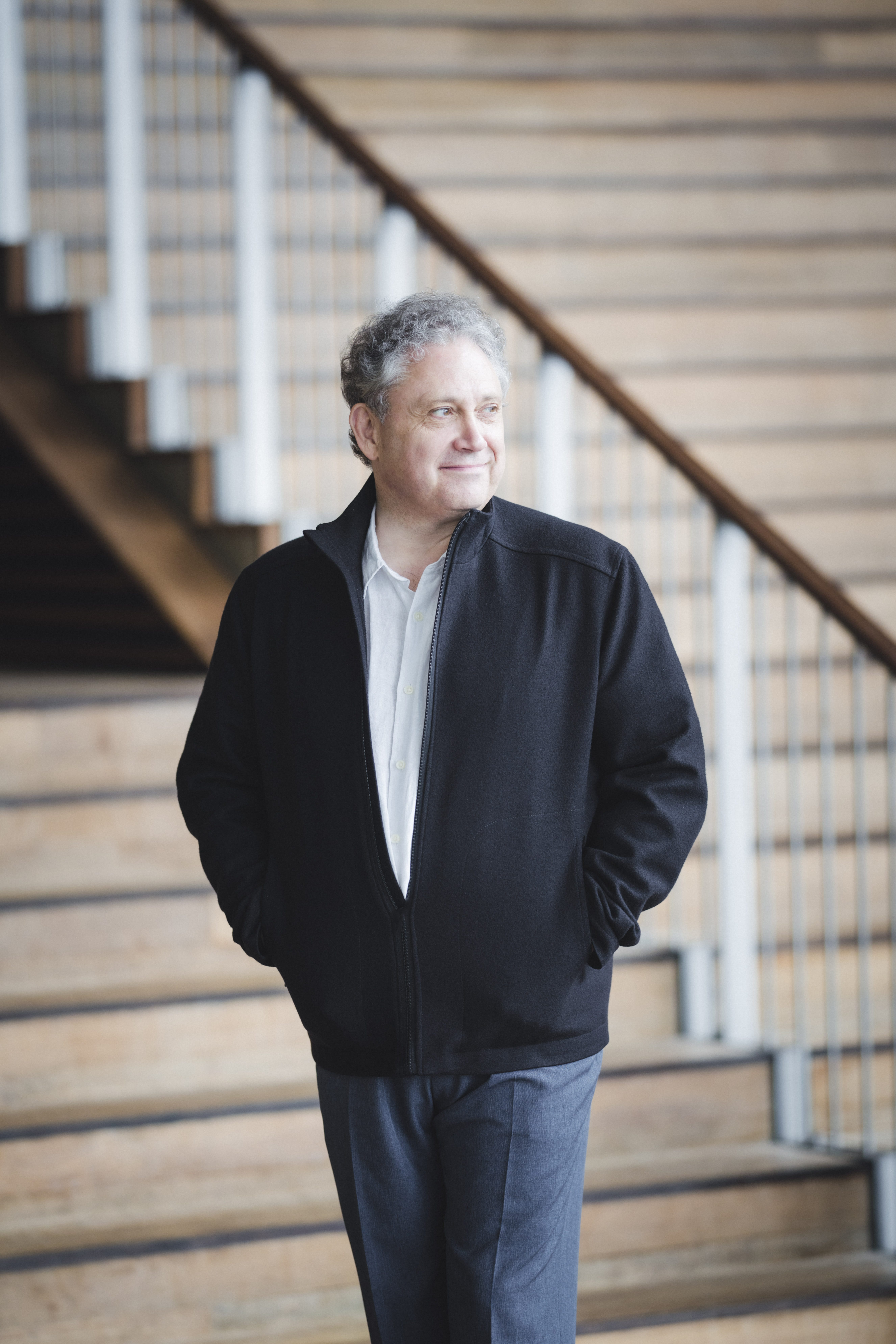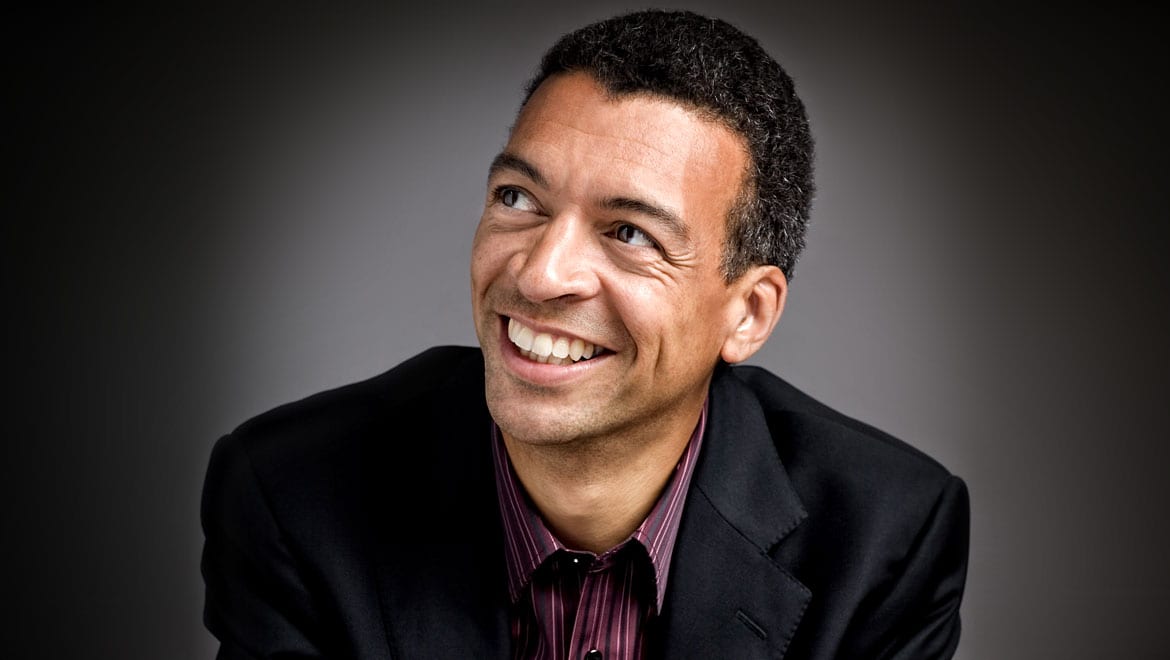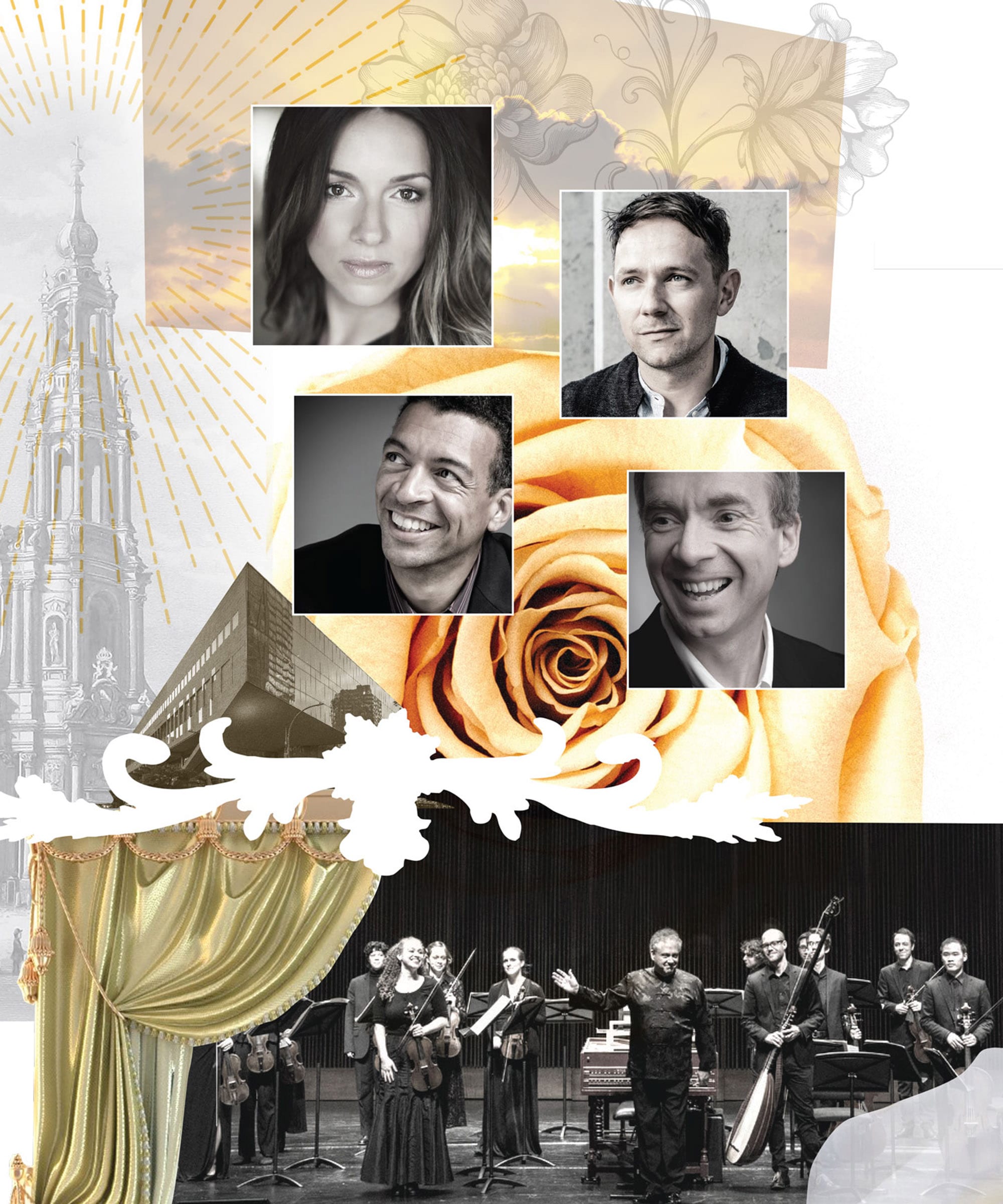
Mass in B Minor
February 2–5, 2022
SPECIAL EVENT*
Bach’s B Minor Mass is one of the towering achievements of the Baroque, and indeed of all classical music. It is the summation of Bach’s creative output, but likely never performed in his lifetime.
JS BACH Mass in B Minor, BWV 232
Richard Egarr, conductor
Mary Bevan, soprano
Iestyn Davies, countertenor
James Gilchrist, tenor
Roderick Williams, baritone
Philharmonia Baroque Orchestra & Chorale
*Not part of 2021/22 subscription season
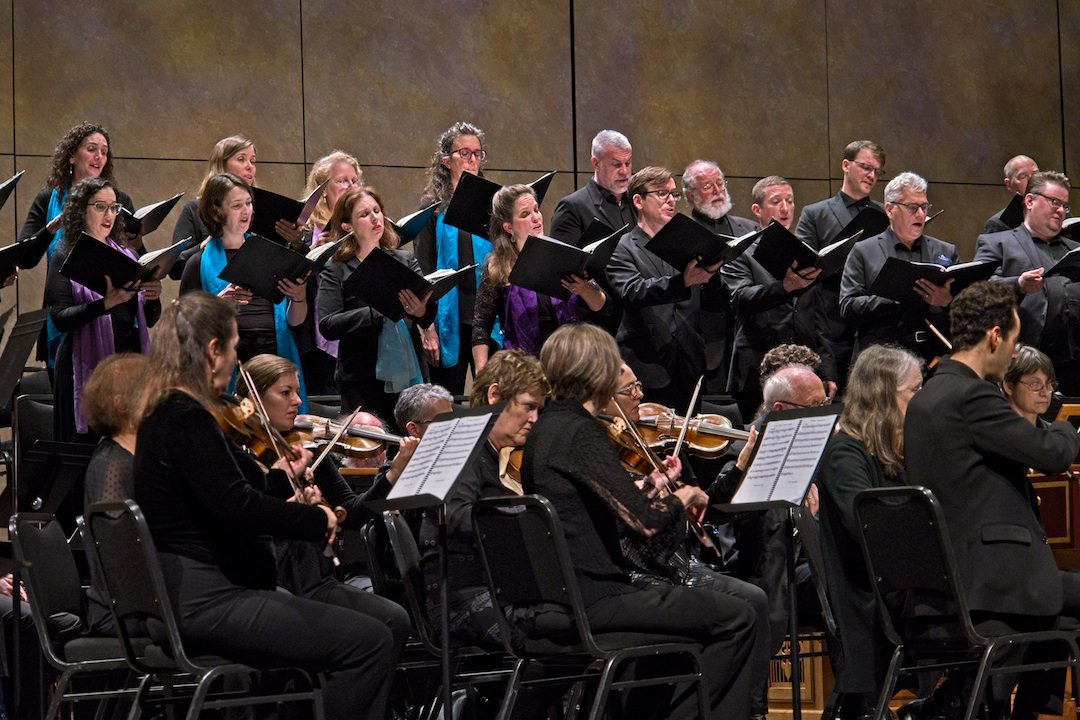
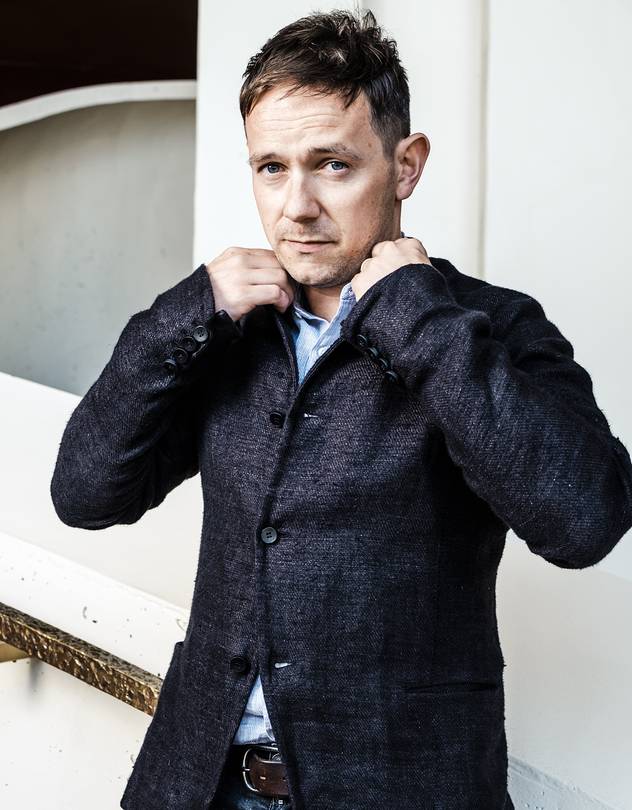


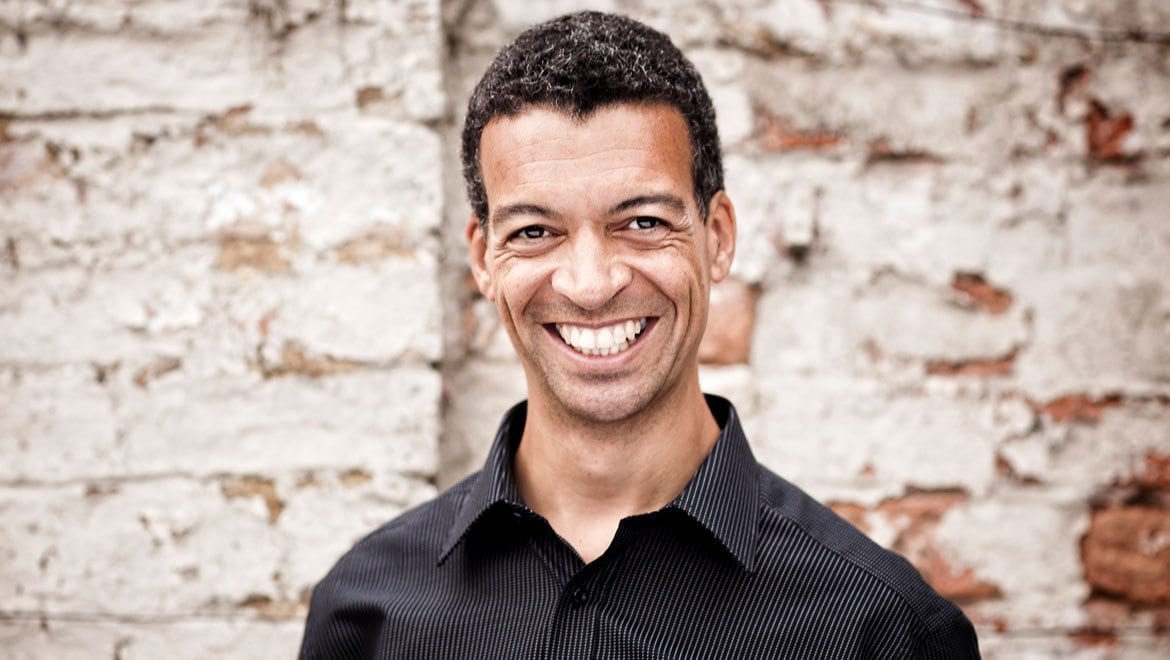
”The Philharmonia Chorale...dived headlong into the score's rich harmonies, and the Orchestra gave the music the necessary sparkle.”
San Francisco Chronicle
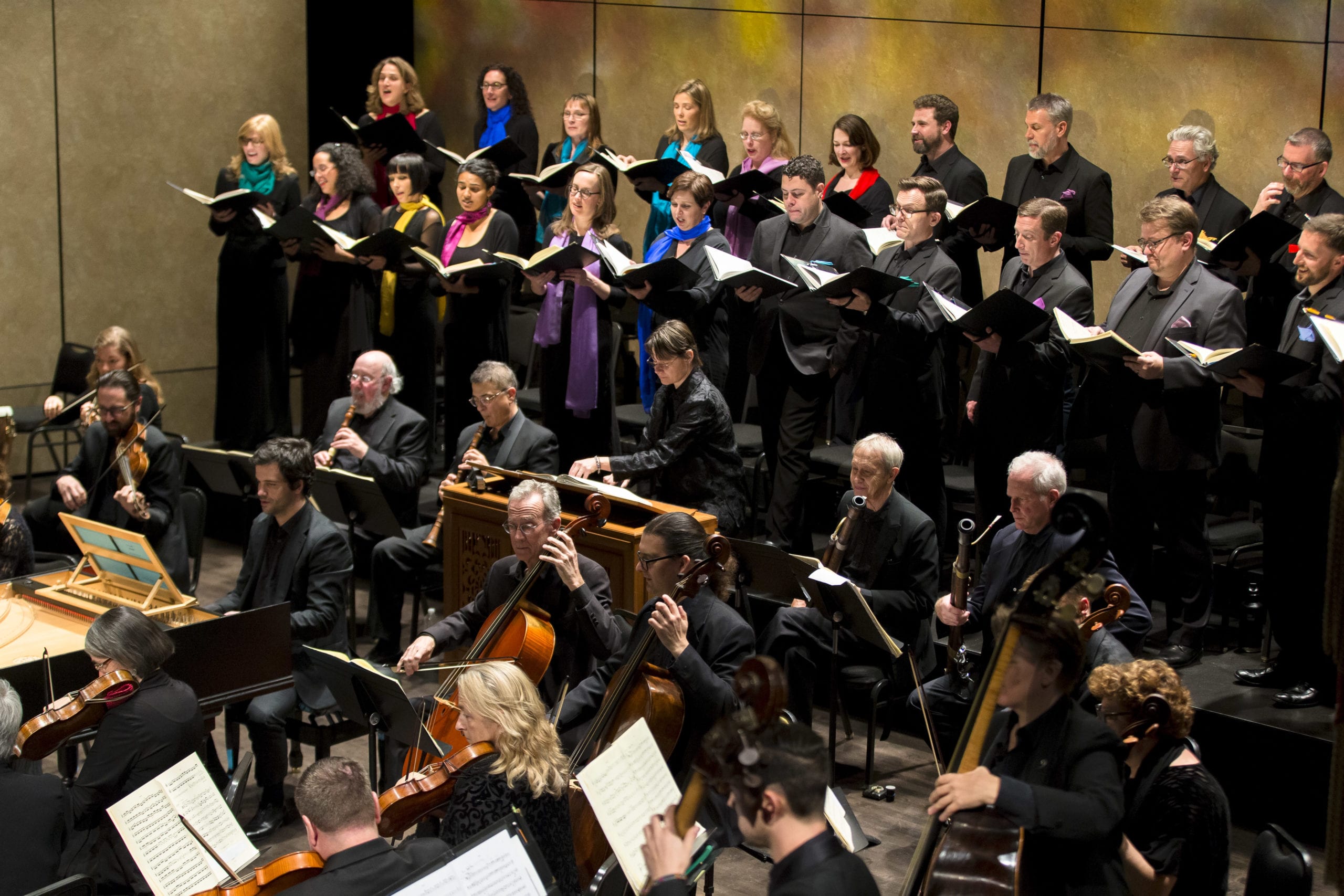
About Bach’s Mass in B Minor
Bach’s B Minor Mass is one of the towering achievements of the Baroque, and indeed of all classical music. It is the summation of Bach’s creative output, but likely never performed in his lifetime.
As we continue our partnership with The Juilliard School’s Historical Performance program, we come together with Juilliard415, the conservatory’s principal period-instrument ensemble, for these performances. These concerts promise to be powerful and visceral, as impactful now as when Bach completed it in 1749. As we officially celebrate Music Director Richard Egarr, put this concert on your bucket list!
The Music
BACH Mass in B Minor, BWV 232
Program Notes
Johann Sebastian Bach (1685-1750)
Mass in B minor, BWV232
Johann Sebastian Bach’s reputation in the twenty-first century rests largely on the definitive period the composer spent as Cantor at St Thomas’s Church in Leipzig—a job that came with overall responsibility for music in all the Saxon city’s major churches. Bach’s 27 years in Leipzig induced a wealth of sacred vocal and instrumental music from the composer’s pen including two complete sets of cantatas tailored to the Lutheran church’s weekly theological cycle.
Despite the apparently divine qualities of his music, Bach was a very human employee. He often bemoaned his daily work at St Thomas’s as an uphill struggle, and just as often rubbed the church authorities up the wrong way. A decade into his employment, which started in 1723, Bach clashed with officials from Leipzig’s City Hall. Some councilors seemed intent on getting him fired.
For Bach, music was always a release. The more frustrated he became with the conditions of his employment (lesser musicians in other cities had it far better), the more resolutely he searched for ways of pushing himself to new levels of expression and technical capability. Bach’s Christmas Oratorio, performed by Philharmonia Baroque Orchestra & Chorale and Richard Egarr in December, is but one example of Bach’s newfound determination, from the early 1730s, to imagine his music on a bigger scale (and often with a little help from works he’d already written).
Bach’s frustrations in Leipzig would only have been exacerbated by the privilege his colleagues enjoyed in the city of Dresden, less than 75 miles away. The Dresden Court boasted enviable musical resources, including a fine orchestra with an augmented brass section and capable Italian singers that divided their time between church music and opera. In 1733, Bach succeeded in securing an organist position at the Dresden Court for his eldest son, Wilhelm Friedemann. That same year, Bach senior wrote two movements of a Latin Mass, apparently for Dresden.
It wasn’t usual for a composer steeped (and employed) in the Lutheran church to write a Roman Catholic Mass. However, the Lutheran liturgy did make space for a Eucharist service using the first two movements of the Mass in Latin, the ‘Kyrie’ and the ‘Gloria’ (coupled together, they were known in Lutheran liturgy as a Missa). There was another good reason for Bach’s turning to a liturgy from the Roman tradition in Latin. The Elector of Saxony had converted to Catholicism as he set his sights on conquering Catholic Poland to his immediate east.
Analysis of the paper used to write the notes down means we can be sure Bach wrote his ‘Kyrie’ and ‘Gloria’—which would eventually form the first two movements of his magnificent B minor Mass—in Dresden. Unfortunately, not a shred of evidence exists that can point unequivocally to an actual performance there, nor indeed an express intent to perform the Missa anywhere. It would seem overwhelmingly likely, however, that Bach’s music for the Missa was linked to his known petition to the Elector to be given an honorary title in Dresden and equivalent stipend. Both would have given Bach effective means of negotiating better terms back home in Leipzig.
Initially, Bach may have had one eye on the position of Dresden Court Composer, backing-off when it became clear that job would go to his friend and colleague, the Czech composer Jan Dismas Zelenka. Some have suggested the winding, chromatic music of Bach’s ‘Kyrie’ was conceived as a homage to Zelenka’s own more harmonically expressionistic, chromatic musical style. (Any performance in Dresden in 1733 would surely have been conducted by Zelenka, who was standing in for the absent Director of Music, Johan Adolf Hasse.) The music of Bach’s Missa also seems built for the expressive capabilities not only of the Dresden singers, but also its capable principle instrumentalists, trumpeters and horn players included.
Such detailed, ambitious thinking also leads to the assumption that Bach had his sights on something bigger and grander than a simple Missa. If so, it wasn’t for another decade and a half that Bach would return to the project, perhaps considering it a welcome distraction from the increasing provincialism and politics at play in Leipzig. And what greater challenge than the full Latin Mass, a liturgical text that, writes Sir Nicholas Kenyon, offered Bach the chance ‘to bring together his achievements in sacred music in the most tangible form that was available to him.’
A full Mass setting, in the more universal language of Latin, had the potential to travel well beyond the confines of Lutheran northern Europe. And so it proved. The B minor Mass came to be admired by composers from beyond the Lutheran tradition including those of the Viennese School, Beethoven among them.
Bach may have consciously designed it so. In his later years in Leipzig, the composer started to fear that the best of his functional liturgical music, hundreds of cantatas included, would disappear. A Latin Mass with more widespread appeal could ensure posterity—or, at least, a second life—for the best of that music. Like the Christmas Oratorio, Bach’s B minor Mass (though he never actually titled it thus) would be a culminating compendium of existing work and new material. It would gestate and assimilate over a period of years, coming together at the very end of Bach’s life. In fact, the composer would never hear a complete, definitive performance of the score as we know it, despite many considering it his definitive sacred masterpiece.
As the conductor Sir John Eliot Gardiner has suggested, for Bach the challenge of setting the Mass was not just that of meeting the structural requirements of the prescribed text (which provided the composer with plenteous opportunities to indulge his symmetrically-inclined brain). While Bach’s cantatas naturally led him to meditate, in his own language, on the theological theme or scriptural message of a particular week in the church’s calendar, the text of the Latin Mass challenged the composer to respond to universal themes ‘in a language weathered by time,’ to which Bach responded by ‘staking out new areas for music to illumine and expound biblical doctrine’ (Gardiner).
As so often in Bach’s work, reflecting on a sacred text was as much about giving voice to human doubts, frailties, and inadequacies as it was about expressing the immutability and infallibility of the divine. Bach, argues Gardiner, responded acutely to the human elements of the Mass text—among them the appearance of angels to the shepherds in the ‘Gloria’, and the personal profession of belief in the ‘Credo’.
Perhaps the clearest example of all comes in the latter section, as Bach’s own tussle with the restraints of baroque tonality illustrates any faithful human’s inevitably moments of doubt or confusion. The ‘Confiteor’ section is cast in an anguished, doubting F sharp minor, a key deployed by Bach to convey the squirms of the sinful in the face of divine truth and judgment. The music drifts unsurely through strange modulations into a searching, harmonic no-mans-land as the text refers quizzically to the Christian hope for eternal life following the promise of baptism (‘Et expecto resurrectionem mortuorum’; ‘I search for the resurrection of the dead’). From this, the music collapses into the gleaming key of D major, complete with trumpets and drums, reprising the same text but now with unwavering assurance of faith and the conclusion: ‘et vitam venturi saeculi. Amen’ (‘and the life of the world to come; Amen’). There is no clearer musical statement of Bach’s resolute but very human faith than that.
The B minor Mass falls into two halves. The Missa section, comprising Kyrie and Gloria written in 1733, forms something equivalent to a Part 1. The rest of the music, equitable to a Part 2, was compiled in 1748-49, the very last years of Bach’s life. The French conductor Marc Minkowski has noted the ‘darker, tauter, more intimate’ qualities of the first part, against the more ‘luminous, more brilliant’ second part – even though much of the music in both parts is recycled from earlier sources.
Despite the break in chronology and the shift in atmosphere, Bach set out to create a symmetrically balanced score while the experience of writing for Dresden evidently stayed with him: the entire work resembles the gallant, Neapolitan-style Mass settings that were fashionable in the city, structured with arias and choruses as ‘numbers’ much like an Italian opera. While the Missa section was clearly inspired by the talents of the Dresden singers and instrumentalists, the rest of the Mass appears to focus on varied forms of choral music and the specific opportunities they present to weave musical voices in braided counterpoint.
In fact, the American musicologist George B Stauffer has suggested the entire work explores varied musical trends to the point of representing ‘an encyclopedic compendium, a handbook of styles, a systematic survey of the diverse possibilities of vocal writing that were available to composers of the time.’
Thus, according to Stauffer’s observations, Bach imitates the German tradition in the grand fugue that opens up through the ‘Kyrie eleison’; he pays homage to the Italian love duet in the ‘Christe eleison’; the ‘Gloria’ is styled as a French dance; the ‘Crucifixus’ constitutes Italian ground-bass lament; the ‘Et resurrexit’ is styled as Polish dance (Polonaise) and the ‘Osanna’ is cast as a Venetian style motet employing spatially separated choral groups. While the stylistic analysis is of academy interest, it’s worth noting that each of these forms was designed to appeal in a rapidly broadening, more cosmopolitan musical universe.
As always, Bach’s music far surpasses that of his models. In the middle of the eighteenth century, no Mass setting had been written that matched this for complexity of design or breadth of personnel requirements. Certainly, none was as inventive, and none as theologically resonant.
That much is apparent from the opening ‘Kyrie eleison’. In addition to the more expressively chromatic writing possible in homage to Zemlinsky, the Mass’s opening gesture has a striking presence of its own, unequivocally laying down the key of B minor before a fugue takes root and the music blossoms outwards (a second fugue on the ‘Kyrie’ reprise pleads for forgiveness in that ‘special’ penitential key of F sharp minor). This, says Gardiner, sets in motion ‘one of the most epic journeys in music…a Mass setting unprecedented in scale, majesty and sobriety.’
Almost all the music of the ‘Gloria’ movements can be traced back to previous compositions from Bach’s pen, some pre-dating his move to Leipzig (and some otherwise lost)—stretching the chronology of its provenance to a quarter of a century. It contains music that is believed to have originated in a lost instrumental concerto (the frolicking ‘Gloria in excelsis’) as well as music borrowed from Cantatas Nos 29 and 46.
Bach’s setting of the ‘Credo’, the Mass’s first-person statement of faith, is an entirely symmetrical scheme of choruses and solo arias, with the ‘crucifixus’ movement its pivotal center-point (a point of theology for Bach, underlining the central place of Christ’s crucifixion in Christian belief). The music of that movement is a reupholstered, improved version of a passage from Bach’s Cantata No 12, Weinen, Klagen, Sorgen, Zagen.
The Mass’s ‘Sanctus’ started life as music written for Christmas Day in Leipzig, 1724. The three-part nature of the ‘Sanctus’ text is reflected in Bach’s music, using six-part choir, three individual voices and instruments and rhythms strung in threes (both ‘triplets’ and triple time). The music has a majestic swing emphasized by its descending bass line.
For his final chapter, Bach bent the Catholic liturgy to fit his own desire for symmetry and symbolism, coupling the last four text passages in a way that would not have worked liturgically in a Catholic Mass (this would seem to debunk speculative theories the Mass was, in fact, conceived for use at St Stephen’s Cathedral in Vienna). Bach’s structure allowed him to interleave three choruses (‘Osanna’, ‘Osanna’, ‘Dona nobus pacem’) with two intimate solos befitting the less ostentatious texts of the ‘Benedictus’ and ‘Agnus Dei’.
Similarly, Bach’s musical forces split for his last chapter—his choir dividing into eight voice parts equivalent to two opposing ‘choirs’, thus providing even more contrast with the movements for solo voices. The ‘Agnus Dei’ uses a well-known tune Bach first wrote in a lost cantata but revised for his Ascension Oratorio. Unusually, it is simplified rather than enhanced for its inclusion here. The noble, grand fugue that ends on ‘Dona nobis pacem’ reuses the melody first deployed in the ‘Gratias agimus tibi’ from the ‘Gloria’. But what once a four-part texture is now enriched into six parts, and lined with gleaming trumpets. The effect, one conductor has said, is akin to the opening up of an infinite horizon.
Andrew Mellor © 2022

